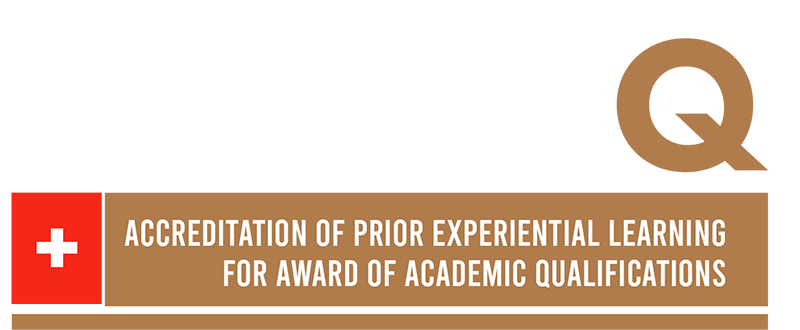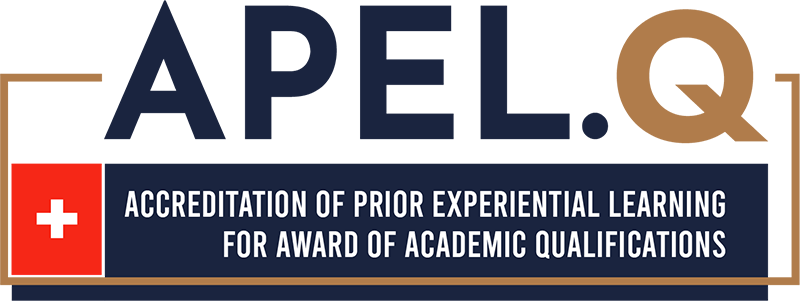Artificial intelligence (AI) is causing a significant transformation across various industries and fields. The influence of this latest technology on education and employment is substantial, and the imperative to cultivate proficiencies and aptitudes for employees and learners is increasingly pressing. As such, it is imperative to equip the workforce with the necessary skills and knowledge to navigate the emerging AI era.
The article aims to demonstrate the current education and employment situations regarding the AI outbreak’s pros and cons. It will also explore how organizations can facilitate their workforce in acquiring a competitive edge by leveraging their professional experience towards formal qualifications via the Accreditation of Prior Experiential Learning for Qualifications (APEL.Q).
Table of Contents
ToggleIntroduction to AI and its Impact on Education
Artificial intelligence (AI) has multiple terms and definitions in demonstrating. The term was pointed out by Professor John McCarthy in 1955 as “the science and engineering of making intelligent machines”. Hence, it refers to the creation of computer systems that is able to perform tasks that require human intellect, such as visual perception, speech recognition, decision-making, and language translation.

Globally, AI is transforming many industries and education is no exception. The latest technology is used in education to personalize learning, automate administrative tasks, and improve student performance by giving instructions. AI also creates new job roles and requires the workforce to acquire new skills and competencies.
The impact of AI on employment is substantial, and certain occupations are at risk of being automated. However, the workforce receives a considerable benefit from creating a patch of new roles, yet, the requirements of new skills and competencies require updating. Mentioning the creative positions, many parts have been replaced due to the rise of AI regarding ChatGPT and BingAI,…
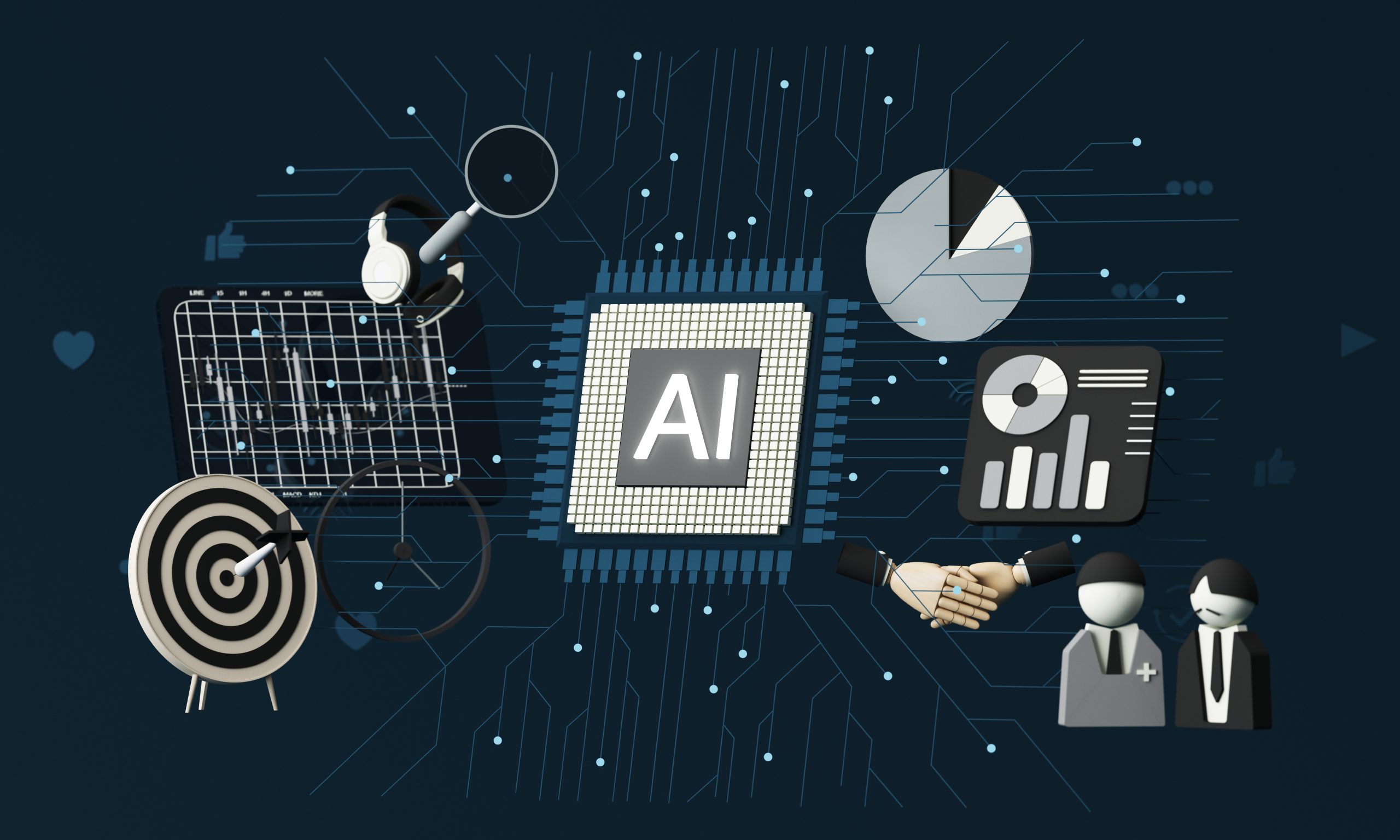
Education is crucial in preparing the workforce for the coming era of artificial intelligence by equipping them with the necessary skills and competencies to flourish in their new employment roles.
Benefits of the latest technology in education
The benefits of artificial intelligence (AI) in education include personalized learning, the automation of administrative tasks, and improved student performance. It can personalize education by analyzing student data and providing personalized feedback and learning materials. This strategy allows students to learn at their tempo and in their way, resulting in enhanced learning outcomes. The applications in searching and finding suggestions have also improved so that learners can have better results and related sources for studying.
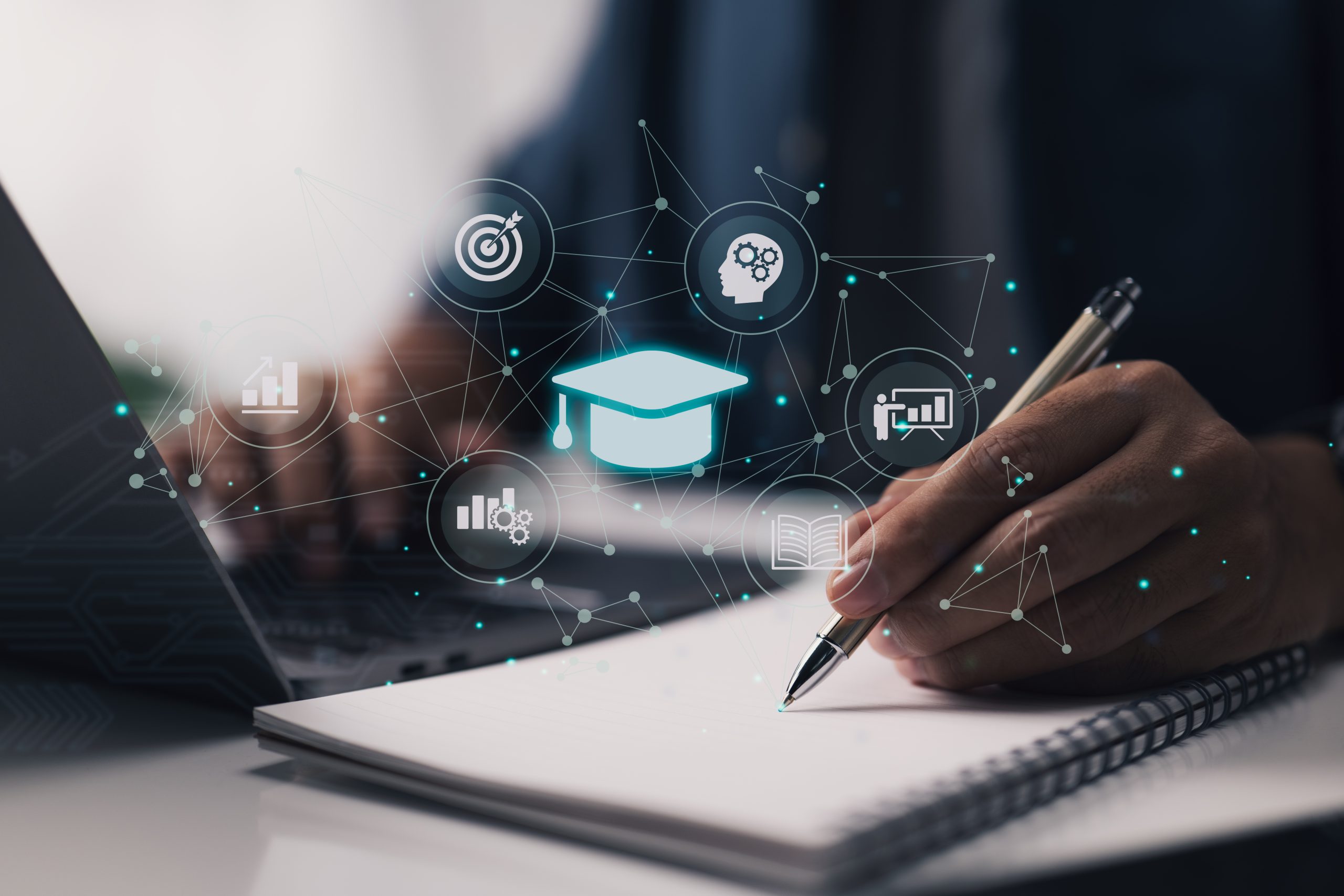
Additionally, artificial intelligence can automate administrative duties like grading, scheduling, and record-keeping. This mechanization frees up instructors’ time, enabling them to focus on instruction and individualized student support. Although the final decisions would be based on lecturers, the pre-grading would help students edit the assignment and make a better version. Consequently, student performance will be improved by analyzing data and identifying improvement areas.
Challenges of the latest technology in education
Education is a field that could positively impact the career path and success of the learner in prospects. Therefore, the joining and explosion of AI have many impacts that they prepare additional skill sets related to artificial intelligence besides preparing expertise knowledge.

Another prospect that affects education that is AI detection. Recently, Turnitin has announced the detection of artificial intelligence in assignments that are not used initially. Educational institutions should apply AI detection tools besides plagiarism in the assignment submission. As a matter of fact, Chat GPT is a decent example, as it can generate an entire assignment or essay from a prompt based on how informative the situation is.
“Turnitin will continue working with educational institutions and support them amid the changing landscape to help ensure fairness, integrity and maintain the quality of learning,” Jack Brazel, head of business partnerships for Southeast Asia at Turnitin, says via e-mail.
link: https://manilastandard.net/business/biz-plus/348729/plagiarism-detection-service-expands-in-ph-amid-switch-to-hybrid-learning.html
The Impact of AI on Employment and Jobs
The impact of AI on employment and jobs is a complex and often debated topic. On the one hand, AI has the potential to create new job roles and opportunities in areas such as data analysis, machine learning, and AI development. AI can also improve productivity and efficiency, resulting in higher levels of output and increased profitability for businesses. Some businesses have applied this new technology in customer service, which is better and better services.
Yet, it leads to a few problems as the workforce is threatened. AI is able to automate tasks that were previously done by humans, leading to job displacement and a shift in the types of jobs that are available. As AI continues to evolve, there may also be a mismatch between the skills that workers possess and the skills that are needed for the available jobs.
As a matter of fact, the impact of AI on employment and jobs is likely to vary by industry and by the type of job. For example, industries heavily reliant on manual labour, such as manufacturing and transportation, may be more vulnerable to job displacement than industries requiring high levels of creativity and problem-solving, such as design and marketing.

Artificial intelligence (AI) is transforming the job market, and some positions are risk-facing because of automation. Although it helps the need for new job roles, employees must practice new skills and competencies to overcome the incoming trends and challenges. For instance, AI is creating new job roles such as AI trainers, data analysts, and machine learning engineers. These roles require new skill sets and competencies like data analysis, programming, and critical thinking.
The current and future employees should demonstrate their strengths and weakness in terms of skills and expertise, which can develop a wide range of methods to stay “alive” in the market. Opportunities are widened when they can practice multiple skill sets for the suitable position, as many companies prefer talented and transferable employees.
Benefits and challenges
Several benefits can be mentioned regarding increased productivity, improved safety, and enhanced personalization. For instance, AI can automate repetitive tasks, allowing employees to focus on complex tasks that require critical thinking and problem-solving. In the creative fields, it is likely to use AI to generate ideas and brainstorm the direction for other areas that bring better performance and quality of work.
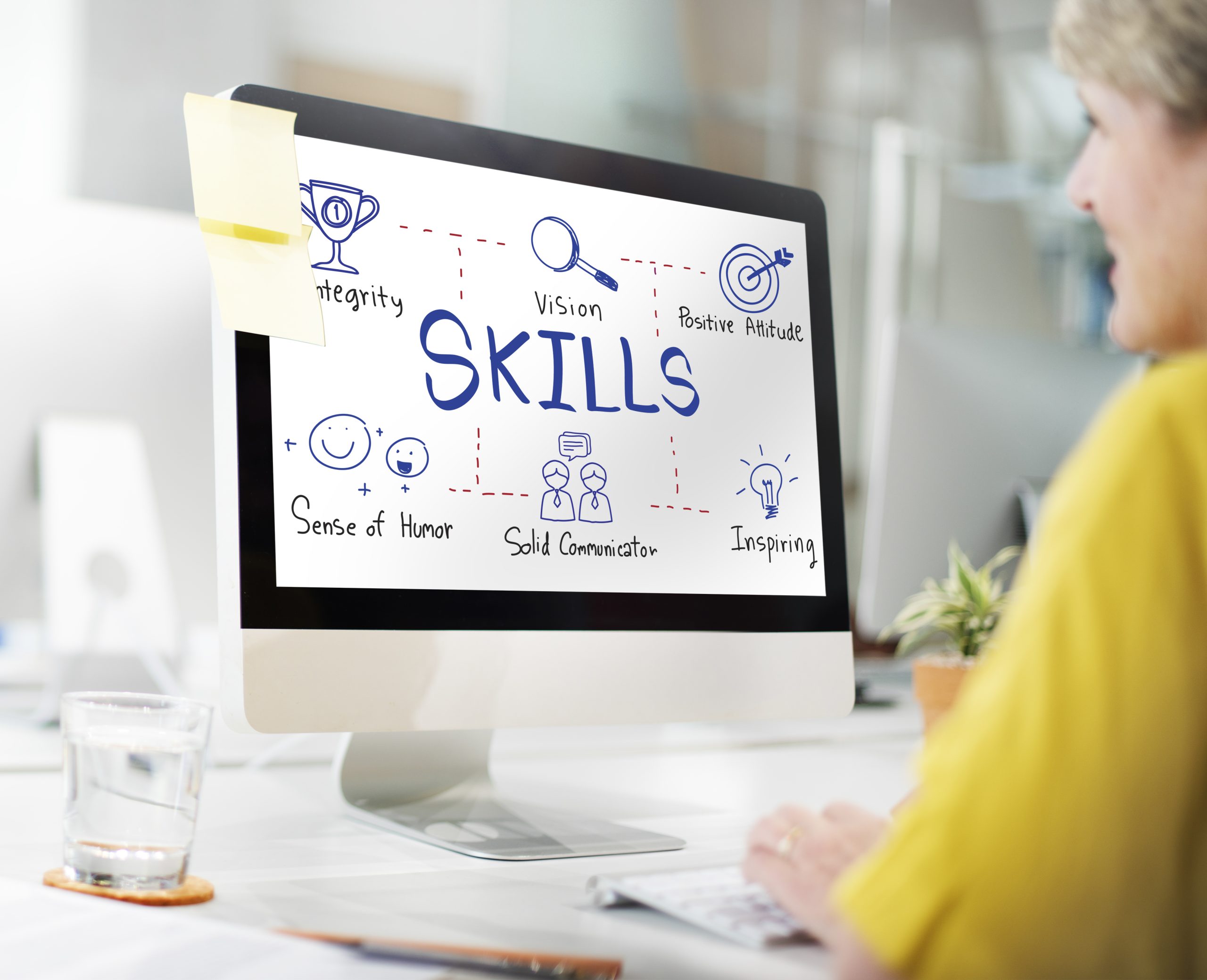
Regardless of the benefits, it is also essential to consider AI’s potential social and economic impacts on employment and jobs. As job displacement occurs, there may be a widening gap between those with the skills to work in a more automated workforce and those without. This could lead to increased inequality and social unrest.
Some jobs are at risk of automation as well, and employees in these jobs need to reskill and upskill to remain relevant in the new job market. The engines and machines’ algorithms take those positions (we can mention ChatBot), reducing business time and expenses. Several examples of jobs at risk of automation include manufacturing, customer service, and transport tasks.
The demand for developing skills and competencies in the AI Outbreak
Education institutions must create preferable skills and competencies to prepare the workforce for the emerging AI era. These skills and competencies include data analysis, programming, critical thinking, and problem-solving. Additionally, educational institutions must incorporate AI into their curricula to prepare students for new job roles.

Along with educational institutions, organizations must invest in their employees’ training and development to develop AI skills and competencies. Employers can provide training, mentorship, and job shadowing programs to help employees acquire new skills and competencies. Additionally, employers can encourage their employees to pursue certifications and degrees in AI-related fields.
APEL.Q: The Future For Employees’ Self-improvement.
APEL.Q is a competency assessment system that helps employees transfer their working experience into qualifications. APEL.Q stands for Accreditation of Prior Experiential Learning Qualification. This system allows employees to gain recognition for their prior learning and experience, thus helping them achieve a competitive advantage in the job market.
APEL.Q is an essential tool in preparing the workforce for the AI revolution. It allows employees to gain recognition for their skills and competencies, including those acquired through working experience. Additionally, APEL.Q provides a platform for employees to develop new skills and competencies through training and development programs.
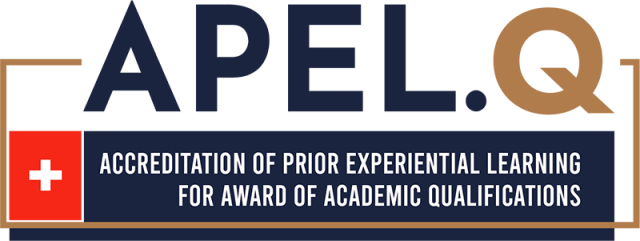
Conclusion: How to Adapt and Thrive in the AI Era
The AI revolution is transforming industries and creating new job roles and opportunities. However, it is also creating new challenges, such as job displacement and skill gaps. To adapt and thrive in the AI era, education institutions need to develop AI skills and competencies, and organizations need to invest in their employees’ training and development.
APEL.Q is an essential tool in preparing the workforce for the AI revolution, allowing employees to transfer their working experience into qualifications and gain recognition for their skills and competencies. Additionally, organizations must adopt AI responsibly, ensuring it enhances employees’ productivity and performance and does not lead to job displacement. By adopting these strategies, individuals and organizations can adapt and thrive in the emerging AI era.
You can connect with us through these links for a free consultancy with APEL.Q and registration.
